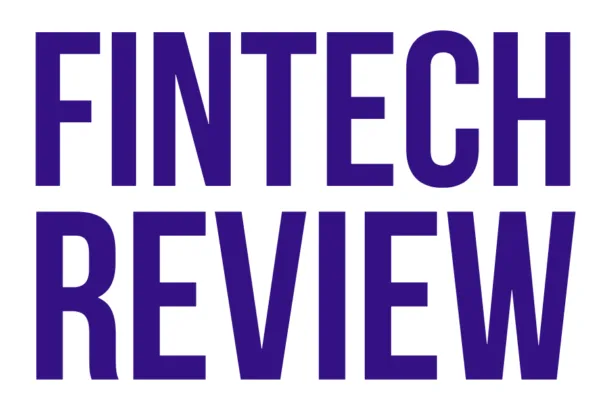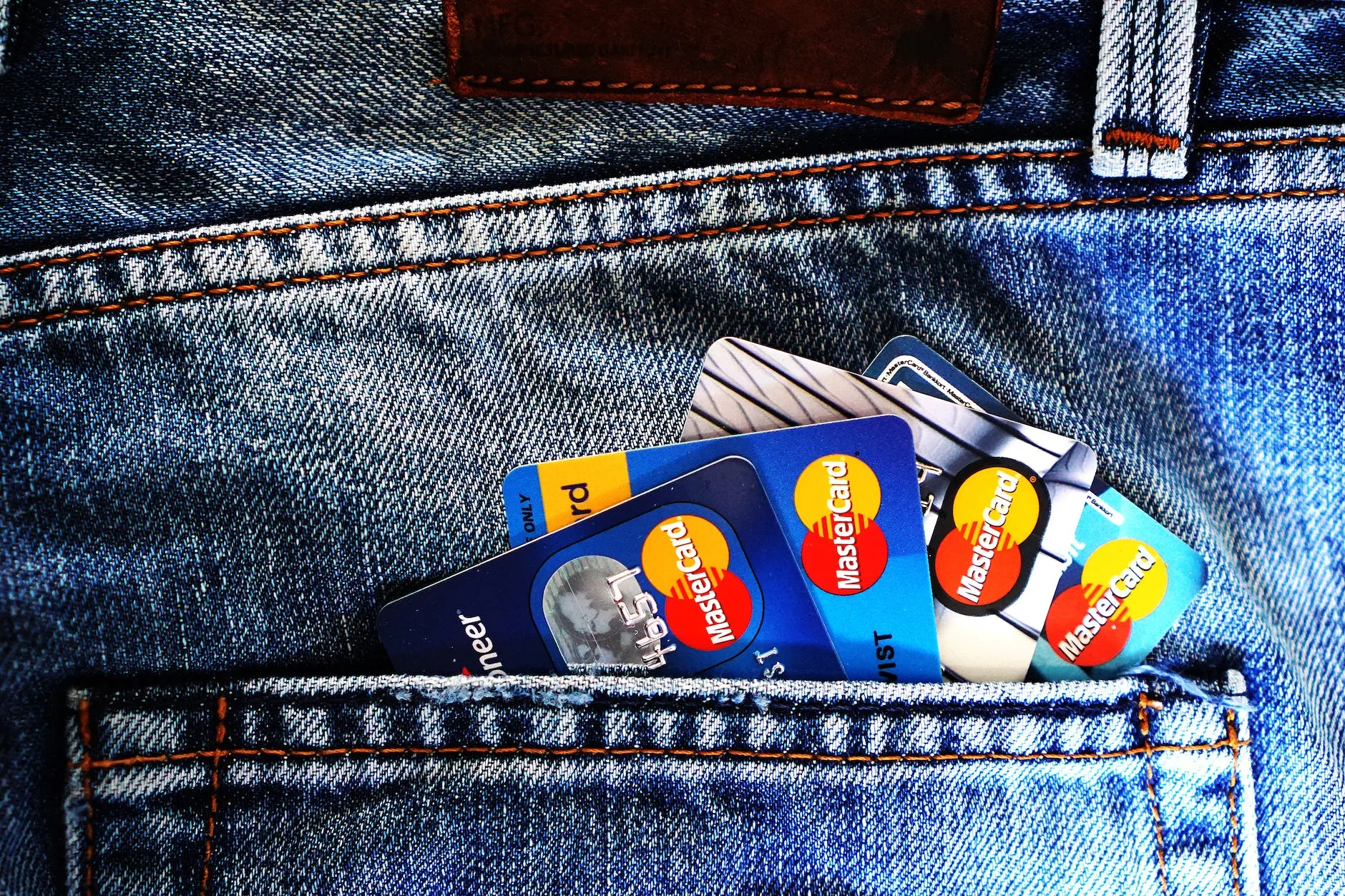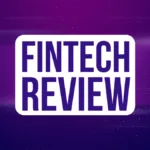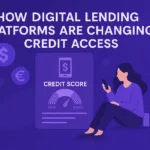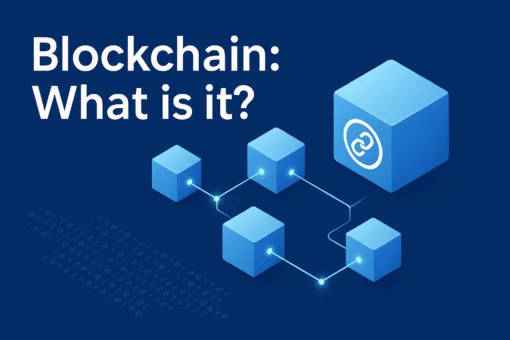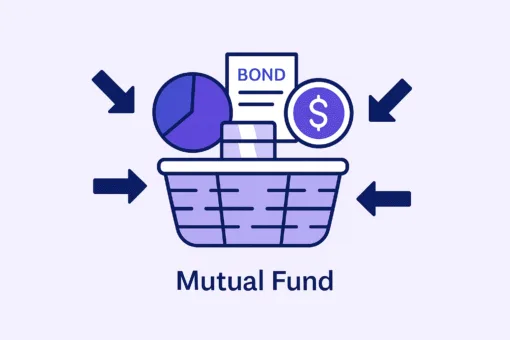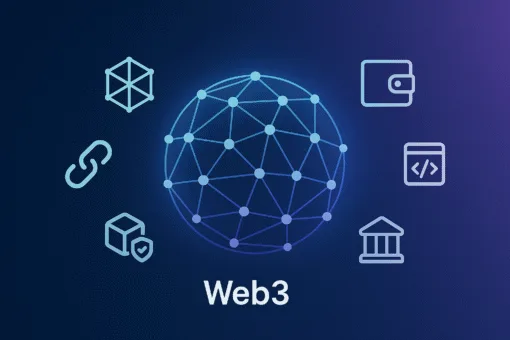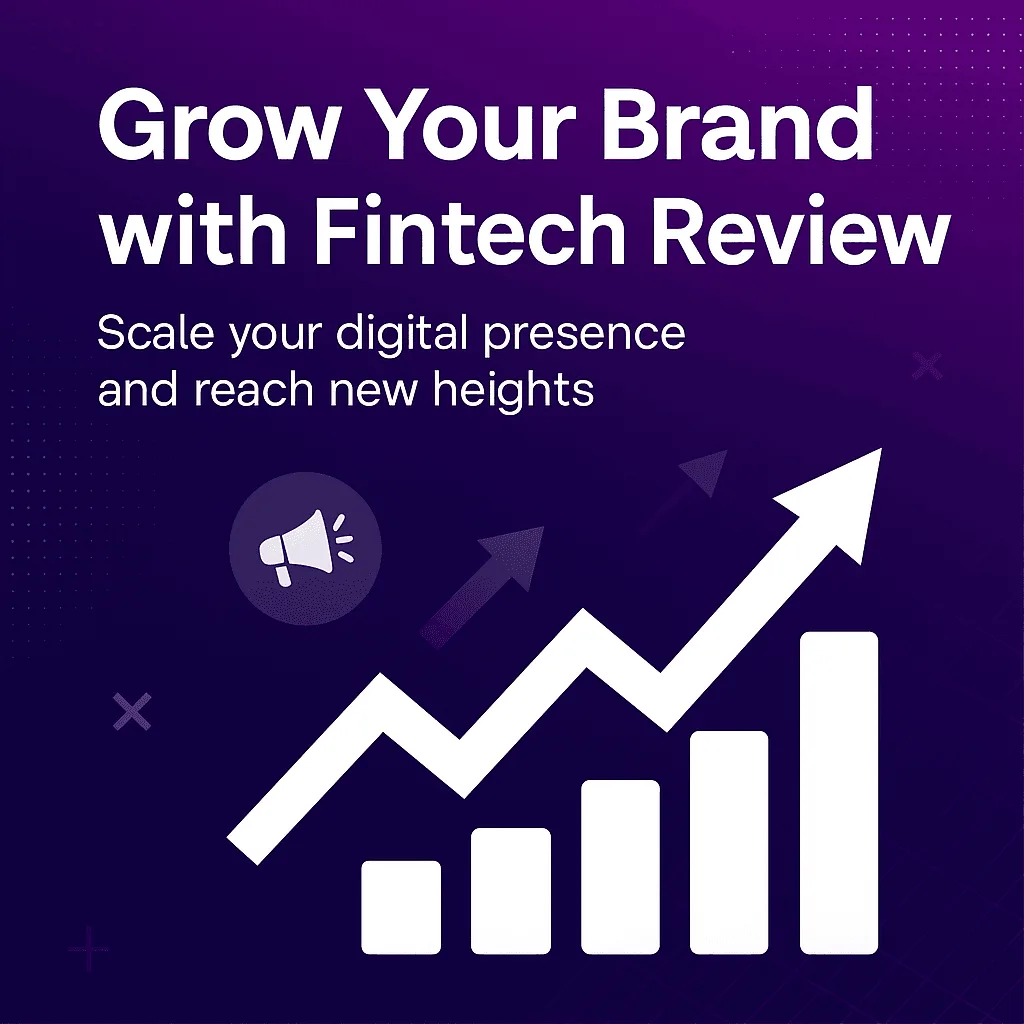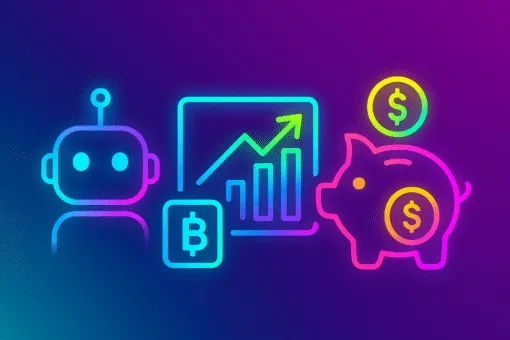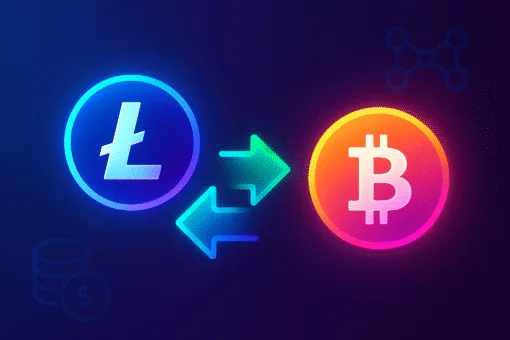The more effective your credit scoring model is, the better your bank’s lending programs will be. More than any other factor, how deeply your financial institution determines prospective borrowers will decide the size and profitability of your lending book. Your loan decision process has to be fast, accurate, and low-risk. That is if you want to stay ahead of your competition in today’s lending industry,
Banks, credit unions, and other non-banking financial institutions have traditionally relied on credit scores to determine the creditworthiness of a small business. However these aged methods exclude a major portion of the market. Small business owners with limited or no credit history may still have the financial means to repay the borrowed amount at the given time period. Yet, they are often denied due to the standards set by old-school credit scoring models.
Enter fintech…

This is where financial technology companies come in as an adjunct and a catalyst. They create and define a new credit scoring model. These innovative new methods allow financial institutions and lenders the opportunity to choose the right loan product for the right applicant at the right time. They do so by using different criteria to assess a borrower’s reliability. These models are often based on real-time or predictive data, instead of an emphasis on historical performance. Therefore these models are more beneficial for both lenders and potential borrowers.
Thanks to the new era of small business lenders and state-of-the-art technologies, the whole lending industry is changing right now. Today, the perfect combination of real-time financial data and cutting-edge financial technologies enables lenders to discover and adapt to these new credit scoring models. By utilizing these models, lenders can streamline underwriting processes and approve loans faster. But also offer personalized solutions, manage credit risk, reduce credit bias, make loans fairer, and boost loan portfolios.
Today, lenders are using several different data points to improve customer experience and decide whether to extend or deny credit. Previously, some data points were difficult to gather due to complicated underwriting processes, and weren’t previously utilized. But they are perfectly suited to assist in credit decisions and easier to find than ever using new tech.
The Difference Between Traditional and New Credit Scoring Model
Although both these models aim to achieve the same purpose, the thing that distinguishes them from one another is the criteria they use to assess a borrower’s creditworthiness. In the traditional credit scoring model, creditworthiness is usually determined strictly by a borrower’s historical data.

Credit scoring agencies use a mix of information to determine a credit score. That is including payment history, current debts, number of open accounts, credit utilization ratio, and length of credit history. These agencies also use information from public records to gain deep insights into a borrower’s financial history.
Based on the above information, the credit agencies determine a score typically between 300 and 850 – higher being better. Commercial banks can set their own minimum credit scores for lending. But a score of 800 and above is considered to be excellent. Lenders use credit scoring in risk-based pricing. This is when the loan amount, rate of interest, and terms offered to borrowers are based on the probability of repayment.
As per a report released by the Consumer Financial Protection Bureau in 2020:
“Roughly 26 million Americans are credit invisible and 19 million Americans have a credit history that has gone stale or is insufficient to produce a score under the most common scoring models.”
Since most small business owners have limited or no credit history, lenders are reluctant to provide loans to them.
Widening the scope…

The new and innovative credit scoring model created by modern fintechs gives small businesses without a perfect credit score a chance to get working capital by basing their creditworthiness on different criteria. For example, to determine the ability of a borrower to repay the loan amount, a lender could evaluate data such as:
- Accounting
- Banking
- Financial
- eCommerce
- Cash flow predictive data
- Spending behavior
- And other alternative data such as rent, utility, online, shopping history, property records, and more.
In addition to these factors, some new credit scoring models will also consider other criteria. For instance, a borrower’s education, occupation, and social media presence. With all of this information, lenders can gain a larger picture of a potential borrowers’ financial health. As well as determine the risk level based on different information than just a traditional credit score.
What Value Do Fintechs and Technology Bring to Credit Scoring?
When it comes to credit scoring, financial technology companies are now experimenting with using non-traditional data to calculate risk. As part of their mission to build credit scoring models for the underbanked, these fintechs leverage artificial intelligence, machine learning, advanced analytics, predictive modeling-based tools to assess potential borrowers based on different data points that sit outside of typical FICO scores and 5Cs.
Judging a borrower’s ability to start a new venture or purchase a loan to grow an existing business based solely on their credit score can leave many young and aspiring entrepreneurs in tough financial situations. Fortunately, fintech firms are leveraging technology to see beyond credit scores. They are enabling lenders to collect, analyse and use more robust and real-time data to make better lending decisions. As well as help small business owners who may otherwise have been ineligible to get funds from traditional banks.

Today, AI and ML-based systems allow lenders to look at borrowers’ past, present, and future financial health. They can analyse their financial behaviours, habits, and patterns over time, resulting in more smart and less complicated credit approvals. Some technically advanced fintech firms like ForwardAI, Validis, and Codat provide financial data APIs that are helping lenders to get financial details from various resources and provide better services for their clients.
For example, utilizing cash flow predictive data in credit scoring can help lenders to know whether a business will generate the same revenue and will be consistent for its payments in the future. Moreover, it will tell if a business has shut down or is struggling with cash flow issues. A new and innovative solution to this increasingly widespread problem is leveraging real-time financial data for determining creditworthiness.
Bottom line…
Leveraging modern technology allows new and innovative financial institutions and lenders to create a win-win lending process. It works well both for their customers and themselves. Applying old-fashioned credit scoring methods and using out-of-date data where new market conditions prevail could restrict lending and hinder economic growth. For such lenders of this type, shying away from technology and being resistant to change could jeopardize opportunities to grow loan portfolios and boost profit.
